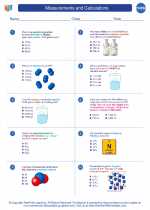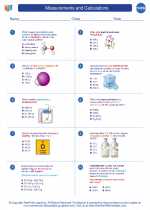The Chemistry of Glass
Glass is a non-crystalline amorphous solid that is often transparent and has widespread use in our daily lives. It is primarily composed of silicon dioxide (SiO2), also known as silica, along with various other compounds that give rise to its unique properties.
Composition of Glass
The primary component of glass is silica (SiO2), which makes up around 70-75% of the glass composition. Other common additives include soda ash (sodium carbonate) and lime (calcium oxide) to lower the melting point of silica and improve its workability. Additionally, small amounts of alumina, magnesia, and other compounds may be added to modify the properties of the glass.
Formation of Glass
Glass is typically formed by melting the raw materials at high temperatures (around 1700°C) and then cooling the molten mass rapidly to prevent crystallization. This rapid cooling results in the formation of an amorphous structure with no long-range order, giving glass its characteristic properties.
Properties of Glass
Some key properties of glass include:
- Transparency
- Hardness
- Brittleness
- Chemical Inertness
- Thermal Insulation
Types of Glass
There are various types of glass, each with its own specific composition and properties:
- Soda-Lime Glass: Most common type used in windows, bottles, and glass containers.
- Borosilicate Glass: Known for its high resistance to thermal shock, used in laboratory glassware and kitchenware.
- Lead Glass: Contains lead oxide, giving it a high refractive index and used in fine glassware and crystal.
- Tempered Glass: Treated for increased strength and safety, used in car windows and shower doors.
Applications of Glass
Glass finds a wide range of applications in various industries, including:
- Construction: Windows, doors, and architectural features
- Household: Bottles, containers, and tableware
- Electronics: Display screens and optical fibers
- Medical: Laboratory glassware and medical instruments
- Automotive: Windshields, mirrors, and headlights
Further Study
To delve deeper into the chemistry of glass, consider exploring topics such as the effect of different additives on glass properties, the process of glassblowing, and the use of glass in fiber optics and telecommunications.
.◂Chemistry Worksheets and Study Guides High School. Measurements and Calculations

 Worksheet/Answer key
Worksheet/Answer key
 Worksheet/Answer key
Worksheet/Answer key
